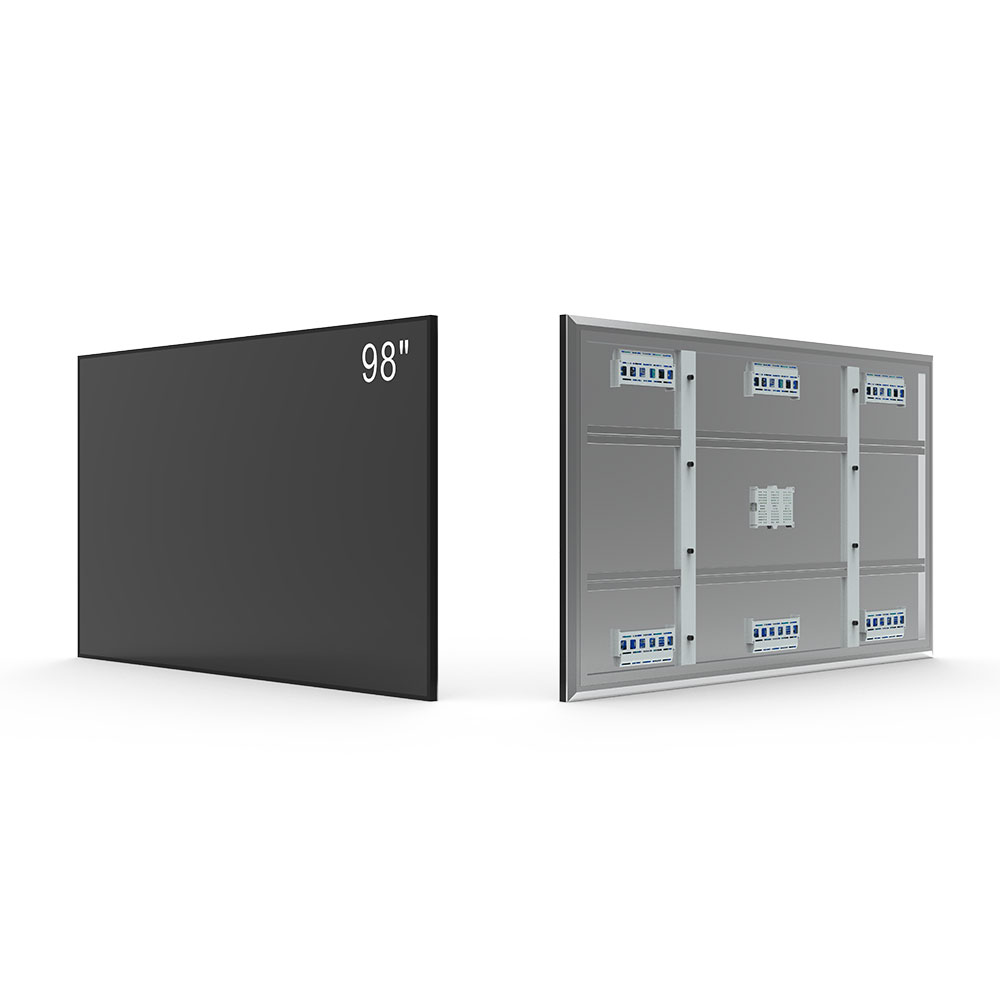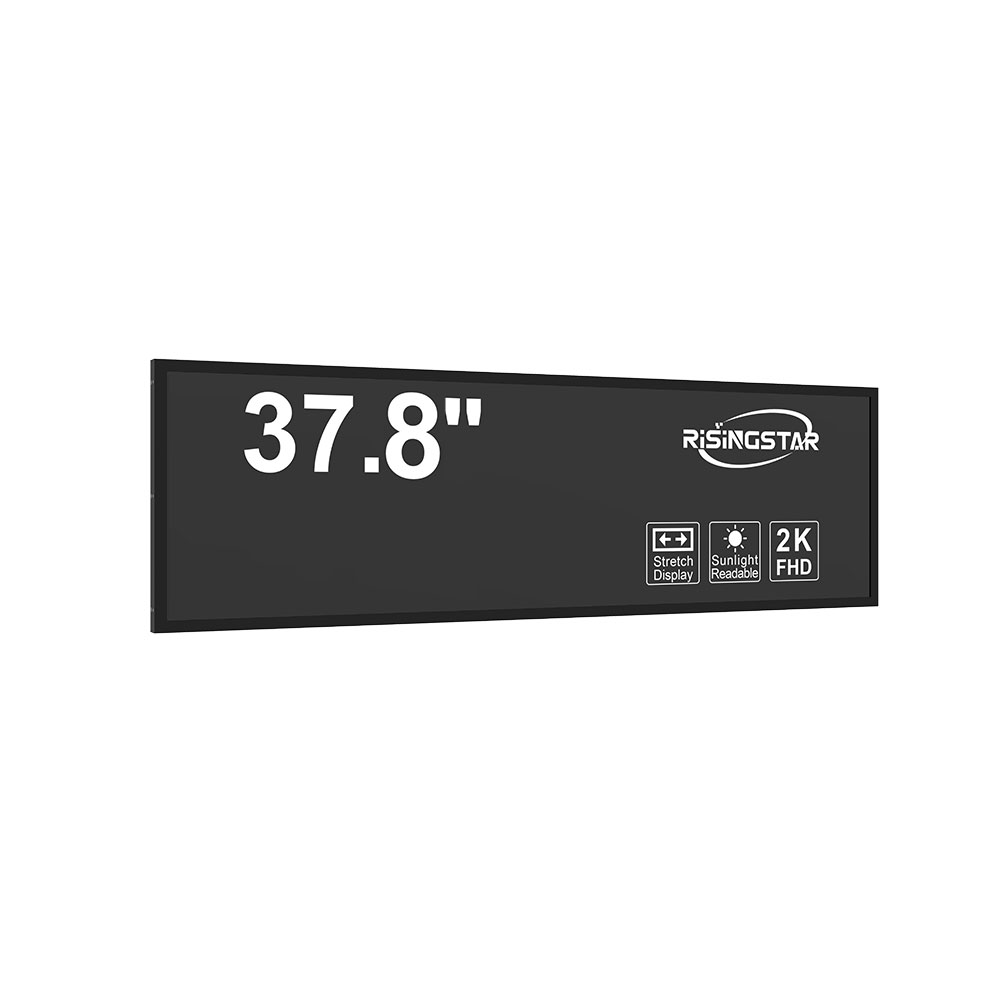- Home
- About Us
- Products
- News
- Video
- Contact
- Send Inquiry
Search
- Home
- About Us
- Products
- News
- Video
- Contact
- Send Inquiry

J-curved touch displays represent a significant leap in interactive screen technology, offering both visual elegance and functional versatility. Unlike traditional flat or curved screens, the J-curved design bends smoothly along one edge—typically forming a gentle arc that enhances immersion while maintaining structural integrity. This innovation is rapidly gaining traction in public information kiosks, digital signage, retail environments, and even automotive dashboards where sleek aesthetics and intuitive touch response are critical.
The engineering behind J-curved touch displays involves advanced materials such as flexible OLED panels and reinforced tempered glass layers. These components allow for curvature without compromising durability under outdoor conditions. For instance, many manufacturers now use IP65-rated enclosures with anti-reflective coatings to ensure performance in direct sunlight—a key requirement for outdoor LCD screens used in transportation hubs or city centers. The curvature itself minimizes glare by redirecting ambient light away from the viewer’s line of sight, improving readability in bright environments.
From a user experience perspective, the J-curve creates a more natural hand-to-screen interaction. Users report fewer finger fatigue issues compared to flat screens when scrolling or tapping over extended periods—an advantage in applications like self-service terminals or museum exhibits. Additionally, the visual continuity provided by the curve makes content appear more cohesive across multiple display units, ideal for multi-panel installations in shopping malls or airports.

Manufacturers like LG Display, Samsung, and BOE have invested heavily in refining this technology. According to industry reports from Futuresource Consulting (2023), sales of J-curved displays increased by 42% year-over-year in the commercial signage sector, driven largely by demand for premium-looking interfaces in high-footfall locations. Compliance with standards such as IEC 60068-2-1 (for mechanical shock resistance) and EN 60950-1 (for electrical safety) ensures reliability in real-world deployments.
What sets J-curved touch displays apart is their ability to merge form and function seamlessly. Whether it’s a standalone unit in a café or part of an immersive VR-enabled booth at a trade show, the technology delivers not only superior ergonomics but also long-term cost efficiency due to reduced maintenance needs and enhanced lifespan. As global markets shift toward smart cities and interactive public spaces, J-curved touch displays will likely become the new benchmark—not just for aesthetics, but for performance, adaptability, and user-centric design.
